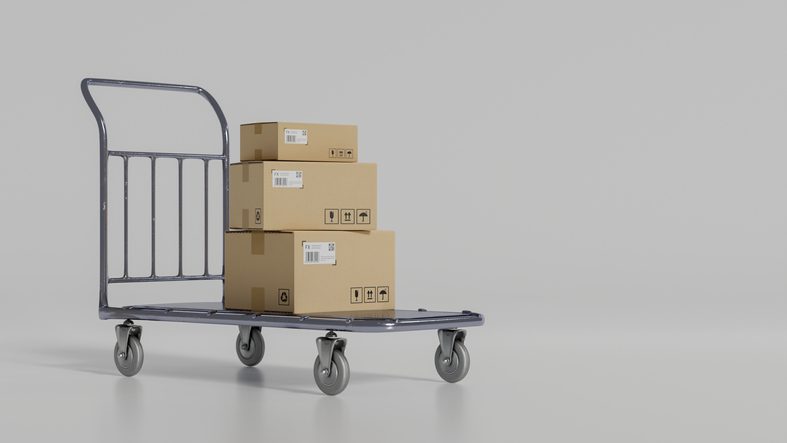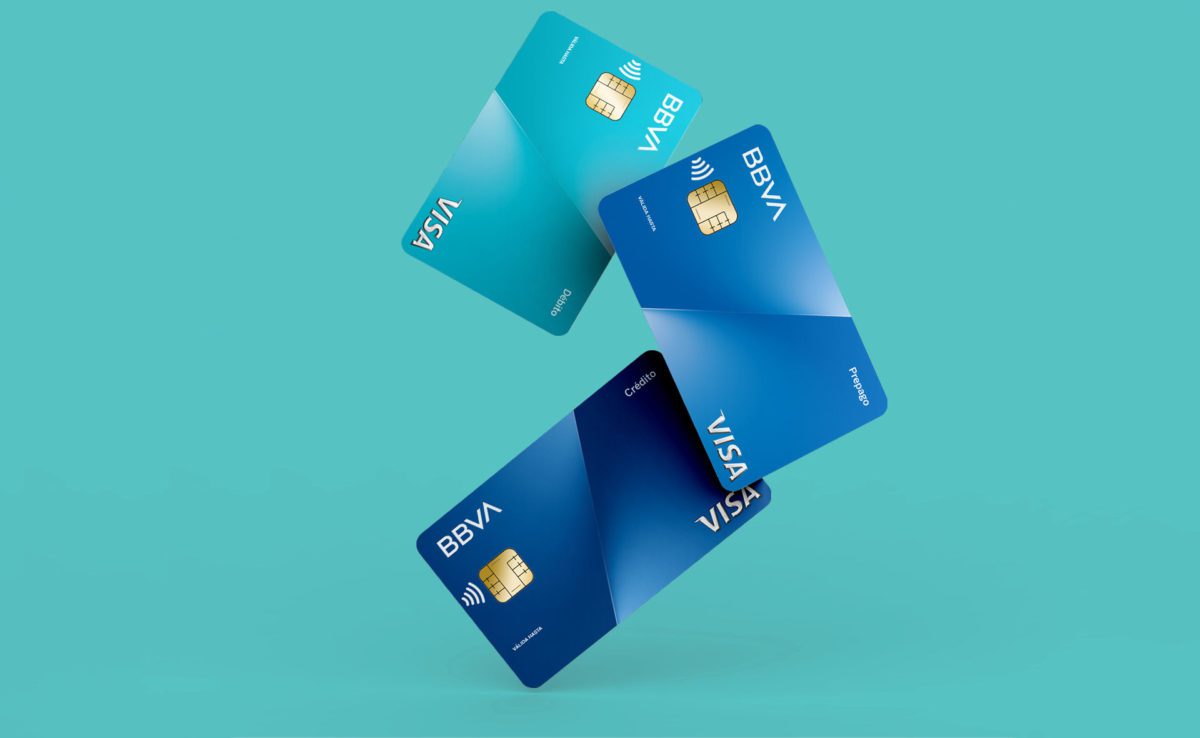Amazon DSP is a demand-side platform that allows advertisers to buy display, video, and audio ads programmatically on and off Amazon, leveraging Amazon Marketing Services‘ first-party audience data. Advertisers have two options for purchasing Amazon DSP/OTT: work directly with Amazon in a managed-service buy or buy through self-service.
- Stay away from artificial campaign minimums.
A $35K budget is required for managed-service marketing. On the other hand, self-service allows you to choose a budget that makes sense for your brand, retail sales, and objectives, enabling you to test whether the technique works before funding is based on results.
- Determine the cost of management versus the cost of working media.
Amazon charges a 15% administration fee when a brand registers a managed-service buy. On the other hand, Amazon does not break out that cost in the IO but instead bakes it right into the CPMs. If you have separate budgets for working media and management charges, this might skew performance data and mislead budgeting. If the management charge is less than 15% of the spend, brands can save money by collaborating with an agency.
- Take use of in-depth reporting and measurement
With managed service, brands sign an IO for a campaign flight and often receive only an end-of-flight report, with the occasional mid-flight report thrown in for good measure. On the other hand, self-service provides access to data as well as real-time campaign performance.
With the correct campaign structure and management style, you can also acquire helpful campaign insights, not only an awareness of how a ‘conversion package’ is working. Advertisers should be able to understand the impact of diverse audiences, content, and placements, among other things, thanks to proper segmentation.
Another significant benefit is the availability of appropriate reporting to assess the impact. Although Amazon frequently publishes on Total numbers, this isn’t necessarily the most accurate indicator of how well your media performs.
- Take charge of your media.
The ability to control the strategy and drive performance through real-time optimizations and proactive management is one of the main benefits of running self-service. In an Amazon environment, Amazon no longer manages the media, and there is no commitment to how frequently analysis and optimizations are conducted. Self-service allows you to create a media plan and strategy based on in-depth brand knowledge and campaign and retail objectives.
- Develop a campaign approach that is truly holistic and integrated.
Self-service DSPs allow endemic brands that also run Sponsored Ads to take a more holistic approach to media management. Rather than being locked up in an IO for DSP/OTT use only, funds can be transferred in real-time based on performance. Managing both platforms enables the influence and optimization of learning are from one campaign to the other.
Final thoughts
While most inventory and techniques are self-service, Amazon does offer SOV packages for tentpole events that include added-value impressions/placements that are only available through a managed-service purchase. However, compare this to what you can achieve with that audience at a lower cost with self-service.
The Amazon DSP UI is clumsy and difficult to administer effectively; thus, getting the most out of self-service DSP/OTT requires careful management and considerable thought. To get the most out of a self-service DSP, you’ll need to work with an agency that understands Amazon and programmatic buying. Otherwise, you’ll lose all of the power you gain by using self-service.













Comments